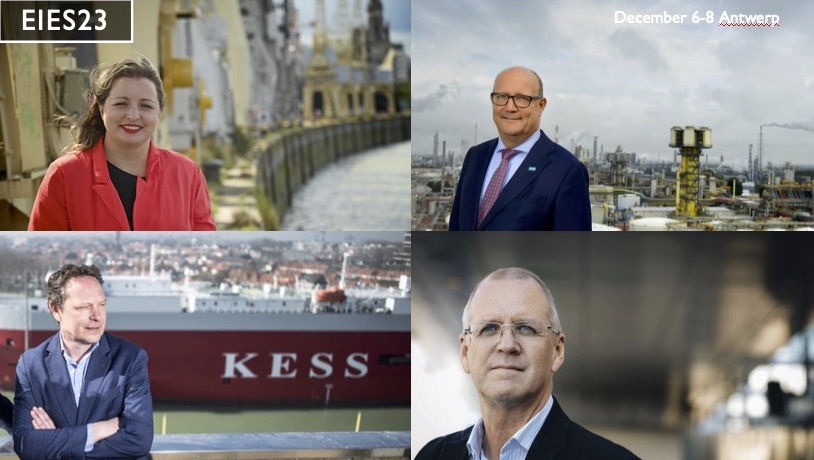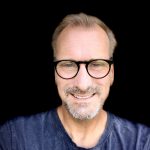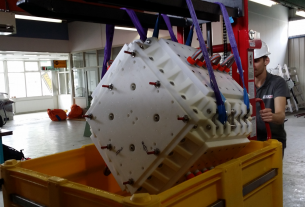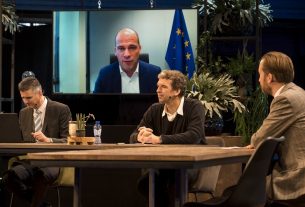How is the transformation of BASF in Antwerp taking shape? What challenges does Ineos face in Europe’s largest industrial investment project? And what is the state of transition in the port of Antwerp? The first opening keynotes of European Industry and Energy 2023, have been announced.
After four editions in the Netherlands The European Industry and Energy Summit (EIES23) is crossing borders. On December 7 & 8, EIES23 will take place in Waagnatie, Antwerp.
Learn all about green and blue hydrogen, circulair and biobased raw materials, green ammonia, carbon storage and utilization, renewable energy generation, electrification, biotech and more. EIES23 is again hosting c-level speakers, innovating projects, connecting initiatives, side events, The Young Professional competition and Dragons’ Den of Transition.
The first keytalks are now also announced:
Jan Remeysen, CEO BASF Antwerp
The Antwerp site probably will be the first large BASF Verbund site in Europe to be completely CO2 neutral. After all, its location offers unique opportunities for the deployment of offshore wind and large-scale storage of CO2 (CCS). However, it will not be a breeze. BASF itself and its partners will have to make huge investments. And governments will also have to make a contribution.
However, it is not an apples-to-apples affair. Large investments in infrastructure are crucial for the transition of the industry. In addition to an infrastructure for CO2 and hydrogen, the reinforcement of the electricity grid is also of great importance. Industry, like various other sectors, will be using more and more electricity. Jan Remeysen in an interview last year: “We have already made calculations. If we continue with electrification and eventually with electrical cracking, we will need four to five times as much electricity at BASF Antwerp. That will require huge investments in infrastructure, just to get that power here.”
John McNally, CEO Project One, Ineos
At this moment Ineos is building build an ethane cracker in the port of Antwerp. A multi-billion dollar investment the European chemical industry has not seen in decades. And despite all the criticism, it will be significantly cleaner than any other European cracker. And by the mid-thirties the cracker can be completely carbon neutral, project director John McNally expects. The hydrogen, which is released in greater quantities than in the cracking of naphtha, can act as a fuel. McNally: ‘With the hydrogen we can immediately replace sixty percent of the natural gas we would normally need’….’If much more green hydrogen soon becomes available in Antwerp, we will eventually be able to replace the other forty percent as well.’
Last summer, however, dark clouds gathered over the project when the permit was unexpectedly overturned. Part of the process thus began from scratch. Although Ineos is now hopeful about the outcome, it does give food for thought. What will it take to strengthen industry in Europe and at the same time protect the climate and the environment.’
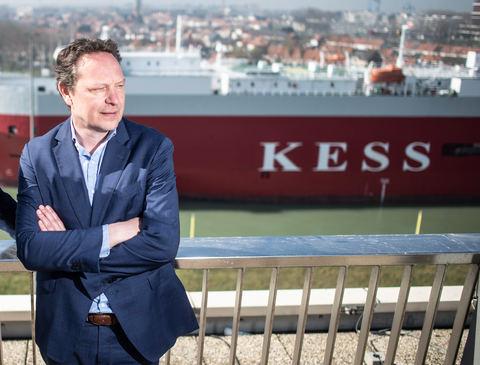
Tom Hautekiet, CCO Port of Antwerp-Bruges
Industrial ports have a key position in the transition to a cleaner future. So does also Europe’s largest chemical port Antwerp. The chemical industry and energy companies in the port need to invest in new technologies and processes to reduce their CO2 emissions and meet stricter environmental standards. In addition, they must adapt to changing market conditions and the demand for greener energy sources and products. Finding suitable personnel with the right skills and knowledge in sustainability and energy transition is also a major challenge. Finally, they need to collaborate with governments, research institutes and other stakeholders to accelerate and support the transition.
How does the Port of Antwerp-Bruges deal with these challenges and can it turn them into competitive goals and ambitions?
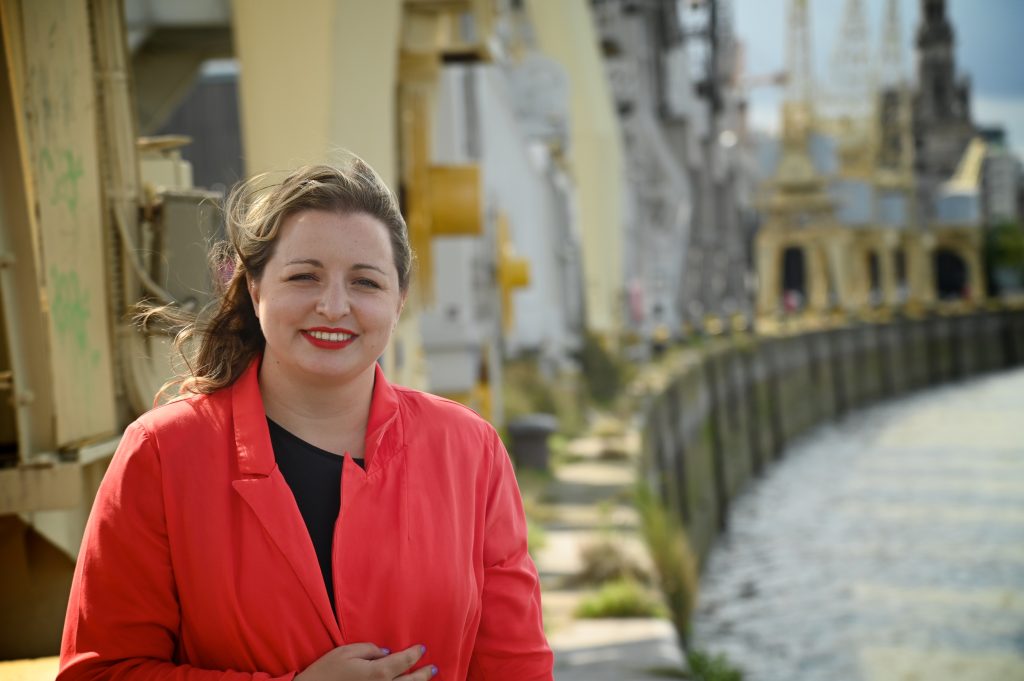
Jacotte Brokken, weather presenter VRT/chemist
Since April this year, Jacotte Brokken has become a familiar face on Flemish television as a weather presenter. But she is more than that! With a background in chemistry, she advocates for better communication about science and technology. Now that she is delving deeper into meteorology, the climate issue is increasingly becoming part of her daily life. She is therefore very interested in how the industry, often seen as a major contributor to the problem, can also be part of the solution. As a moderator, she will join Wim Raaijen, founder of Industrielinqs and EIES, in exploring hopeful innovations and plans during the Summit.

